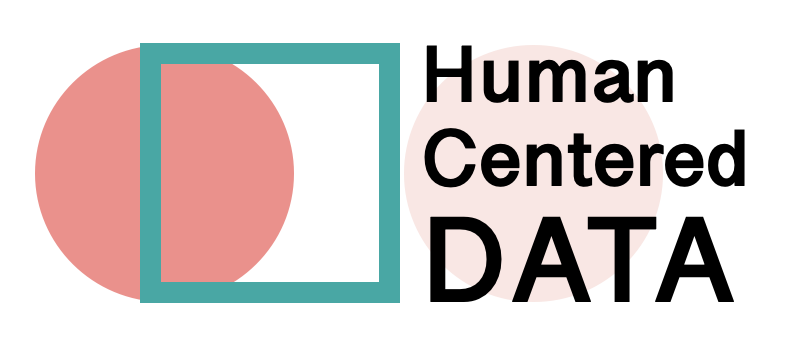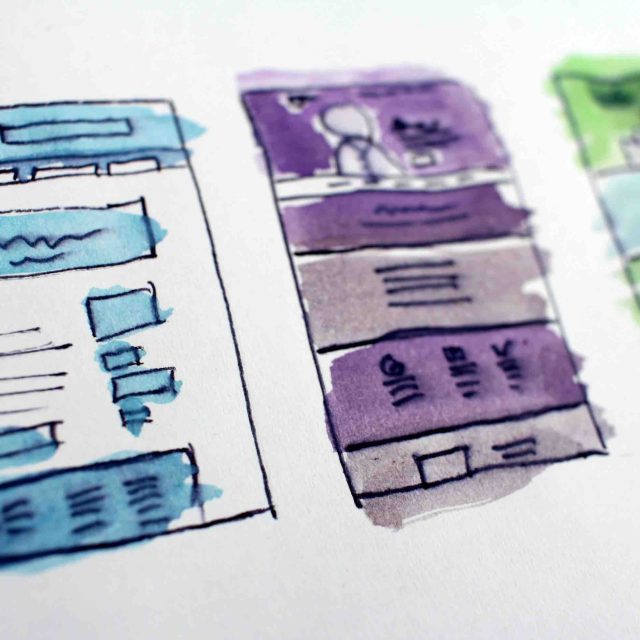You also have Big Data Treasure in your Organization! Here’s How to Use it
We may think that big data exists only in big organizations. Actually, you can find it everywhere, in your small business, even in your personal devices, your mobile phone, and your smartwatch! Big data is a term used to describe information of an order of magnitude far greater than has been encountered before. Typically, the big data come from social media such as: Facebook Twitter Instagram And connected devices such as: Satellites closed circuit television cameras...









